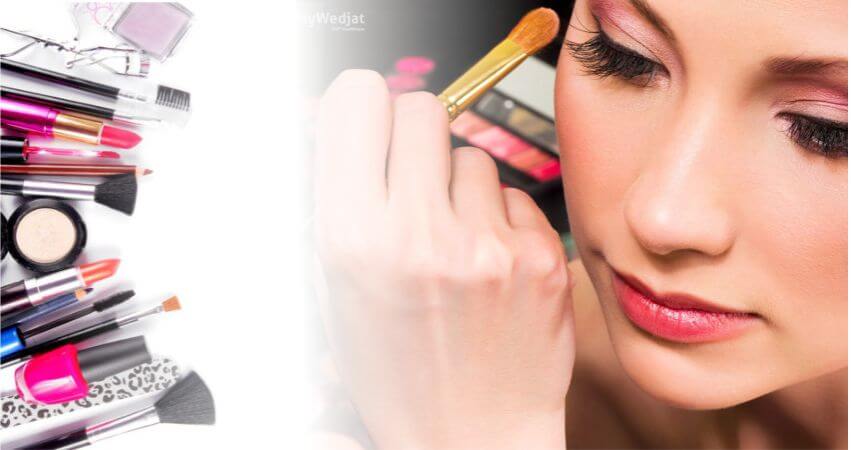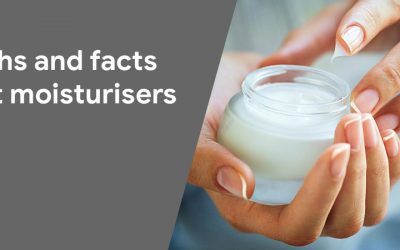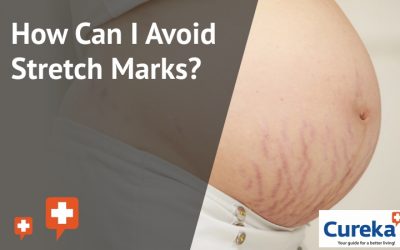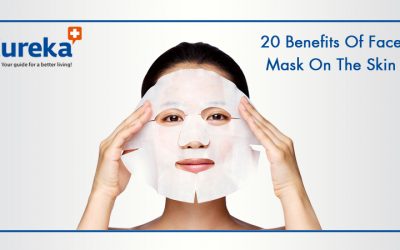How do you choose the right cosmetics? Says Dermatologist
Cosmetics enhance one’s beauty if one is smart to get the right one or else it can be horrifying. On an average, every adult uses at least 5-7 cosmetics products per day, which includes fragrances, sunscreens, soaps, shampoos, cleansers, moisturizers, deodorant, /anti perspectives, colored cosmetics, hair & nail care products and more.
The reactions due to cosmetic products depend on the individual skin condition and their immune system. Some have problems immediately after using the cosmetics while few develop them over a period of time or after several applications of some product.
Dry injured skin has a compromised barrier mechanism and can lead to problems with usage of few cosmetics. From a “Dermatologist’s perspective” these conditions caused by cosmetics products are called;
IRRITANT CONTACT DERMATITIS
Burning, stinging, itching and redness are the signs and symptoms seen.
ALLERGIC CONTACT DERMATITIS
Redness, smelly itching, and fluid-filled blisters are seen. One could react even after several days do the same component & can develop a reverse reaction to the same product when used again.
The COMMON ALLERGENS include
Fragrances
One common culprit. Did you know more than 5000 different fragrances are used in cosmetics and skin care products? Fragrance-free/ without perfume/hypoallergenic usually minimizes these effects caused.
Preservatives
Second on the list are preservatives. They prevent bacterial and fungal growth in the product. Once the Expiry date of the products past, the preservatives stops working and giving the risk of infections. The shelf life of the most cosmetics is two years and eye makeup is one year.
Commonly used preservatives include paraben, imidazolidinyl urea, quarternium-15, DMDM hydantoin, phenoxyethanol, methylchloroisothiazolinone, and formaldehyde.
The above mentioned are practically present in all products.
“Let’s look at specific ingredients in cosmetics products”.
Moisturizers
Moisturizers prevent water loss by layering an oily substance over the skin to retain the moisture in the skin. Petrolatum, mineral oil, lanolin, silicone, glycerin propylene glycol, proteins are commonly used ingredients. Anybody could be allergic to any of these.
Sunscreens
Sunscreens are of two types chemical and physical. Some are a combination of both. Chemical sunscreen absorbs, reflect and scatter light. Light absorbing chemicals include the PABA esters, avobenzone, and the cinnamates. Physical sunscreens contain fine powder of zinc oxide or Titanium dioxide. There are no known allergies to physical sunscreens and can be used in children’s too.
Astringents
These removes oil and soap residue from the skin. Water alcohol propylene glycol, witch hazel, or salicylic acid are present in astringents. An individual with dry, sensitive skin may experience itching, burning or tingling following their use.
Skin Cleansers
Cleansers includes a wide range of products including soaps, detergents, bubble baths, soap free cleansers etc. pH balanced cleansers are the ideal ones to maintain a good skin. If the one has a dry skin soap-free cleansers or syndet containing soaps are better. Mineral oil if of bad quality can irritate the skin. Triclosan used in an antibacterial soap may not suit everyone and not advisable under the age of three years.
Cosmeceuticals
Cosmeceuticals are understood to be active cosmetics hat are sold over the counter, but have profound effects on appearance and functionality. Traditional cosmeceuticals include the topical application of biologically active ingredients that affects the skin barrier and reveals skin health. Cosmeceuticals are carefully developed and tested by the cosmetics industry to deliver cosmetics with recognizable benefits with an excellent safety profile.
Side effects of cosmetics are quite a few. Sensitive individuals can pick and choose the right ones.














